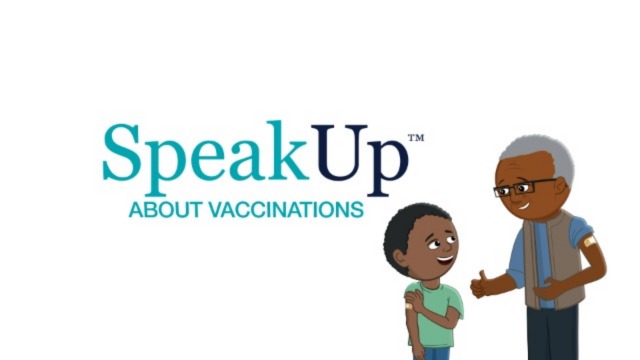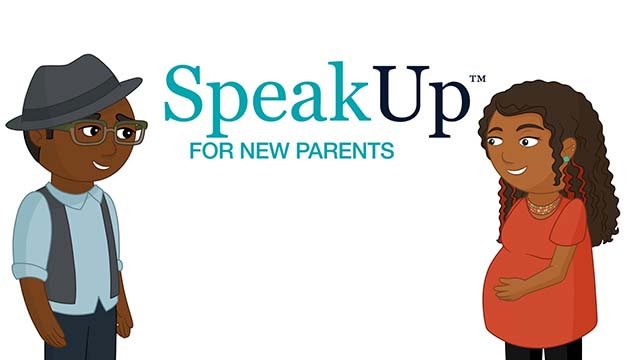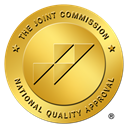Life Safety Code Requirements for Behavioral Health Care
About the Life Safety Chapter
The Joint Commission requires organizations to comply with the Life Safety Code to help ensure fire safety. In the Life Safety Code, the National Fire Protection Association (NFPA) specifies construction and operational conditions to minimize fire hazards are improve fire safety. The Joint Commission requirements regarding the Life Safety Code are found in the Life Safety (LS) chapter of standards manuals. The LS chapter applies to any organization or part of an organization that is considered a health care, ambulatory care, or residential occupancy. It does not apply to organizations that are “business occupancy,” i.e. where no one stays overnight and no treatment is provided that would make three or more individuals incapable of self-preservation at any given time. What this means for behavioral health programs is that if you are not providing in-patient or residential (24 hour) care, the Life Safety Code Chapter will probably not apply to your organization. However, your facilities must still comply with the standards in the Environment of Care® chapter, such as maintaining free and unobstructed access to all exits.
Life Safety Code is a registered trademark of the National Fire Protection Association, Quincy, MA.
Determining Your Occupancy
Occupancy is simply “the purpose for which a building or portion thereof is used or intended to be used.” Following are brief descriptions of several different occupancy types:
Health Care Occupancy
A health care occupancy is an occupancy used for purposes of medical or other treatment or care of four or more persons, where such occupants are mostly incapable of self-preservation due to age, physical or mental disability, or because of security measures not under the occupants’ control. Incapable of self-preservation means that in the event of fire, a person is not able to leave the building on his or her own (even if it requires the use of a wheelchair). For the purposes of occupancy definition, the fact that a person is in a wheelchair does not make him or her incapable of self-preservation. Health care occupancies include general hospitals, psychiatric hospitals, and specialty hospitals as well as nursing and convalescent homes, skilled nursing facilities, and intermediate (nursing) care facilities.
Ambulatory Care Occupancy
An ambulatory care occupancy as a building or portion of a building used to provide services or treatment simultaneously to four or more patients that (1) provides, on an outpatient basis, treatment for patients that renders the patients incapable of taking action for self-preservation under emergency conditions without the assistance of others; or (2) provides, on an outpatient basis, anesthesia that renders the patients incapable of taking action for self-preservation under emergency conditions without the assistance of others.” It is mostly used for ambulatory surgery centers.
Residential Boarding Care Occupancy
The Joint Commission classifies any facility providing 24 hour care, where three or fewer individuals are made incapable of self-preservation at any given time, as a residential boarding care occupancy. There are two types, “existing” and “new,” depending on the date of the building. This type of residential occupancy is often used for behavioral health care residential treatment facilities.<
Business Occupancy
A business occupancy is used for "account and record keeping or the transaction of business other than mercantile.” This is a very broad definition, but as it applies to health care, the definition refers to a facility where no one stays overnight and where three or fewer individuals are rendered incapable of self-preservation at any given time by virtue of their treatment.
You can read more about Frequently Asked Questions about the Life Safety chapter under the Behavioral Health section on our Standards pages, or contact our Standards Interpretation Group online for questions about standards.
Assessing Compliance with the Life Safety Code
Once an organization has determined into which occupancy classification it falls and identified which standards apply to the organization, it is time to assess for LS standards compliance. This can be done through the ICM assessment on your Joint Commission Connect® site, or any other comprehensive review of the LS standards.
As an assessment progresses, an organization may identify deficiencies in Life Safety Code compliance. Such deficiencies should be addressed immediately when possible. Otherwise, an organization can take one of the following three actions:
- Use a management process or corrective maintenance program that documents the deficiency and actions to resolve the situation within 45 days.
- Obtain a Life Safety Code equivalency approved by the Joint Commission. This could include a traditional equivalency — which requires input from a local fire official, an architect, or a fire protection engineer — or a fire safety evaluation system (FSES).
- You can also create a Plan for Improvement (PFI) in the Joint Commission’s Statement of Conditions (SOC) form. Your Joint Commission account executive can help you access that form. However, The Joint Commission no longer exempts these items from being cited during surveys so this action is for documentation purposes only.
As a proactive approach to LS chapter compliance, an organization can choose to create a Building Maintenance Program (BMP) — an optional, planned way to appropriately and effectively manage certain features of fire protection in a health care facility.







